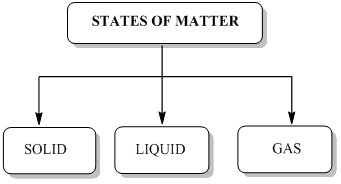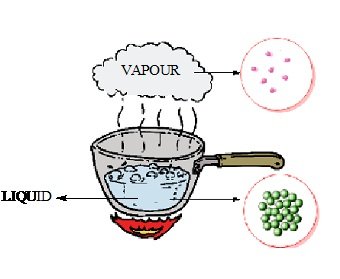Suggestion Firstly watch the Video Part 1, Part 2 & Part 3. Then go through the notes for the better understanding.
Parts 1: The Solid State
Part 2: The Solid State
Part 3: The Solid State
Everything in our surroundings is known as matter that can be categorized into three states.

In our day to day life solids plays a crucial role to pursue different purposes. Different types of solids with different properties are required for different purposes. The constituent particles and the type of bonds between the particles determine the nature of a specific solid. For eg. a Bucket or a container used to carry water, utensils used for cooking food, computer, vehicles, electronic gadgets, notebooks, pencils, papers, etc. are all solid substances used in our day-to-day life.

Liquids and gases on the other hand are another state of matter and are also known as fluids due to their ability to flow. They attain the ability to flow due to the free movement of molecules.

Fig. Particles of liquid (water) are loosely packed than solid and have space between them whereas particles of gas are loosely packed and have excess space between the particles
Flow Charts
